DROPS Muskat
Mercerized cotton with a colorful shine!
from:
1.69€
1.85£
Content: 100% Cotton
Yarn Group:
B (20 - 22 stitches)
/ 8 ply / DK / worsted
Weight/length: 50 g = approx 100 m
Recommended needle size: 4 mm
Knitting tension: 10 x 10 cm = 21 sts x 28 rows
Care: Machine wash on gentle cycle 40°C / Dry Flat
Made in: EU
Raw material origin: Cotton from Egypt
This yarn has an Oeko-Tex® certification (certificate number 97.T.1069), Standard 100, Class I from the Hohenstein Institute. This means that is has been tested for harmful substances and is considered safe in human-ecological terms. Class I is the highest level, and it means the yarn is suitable for baby articles (ages 0-3).
DROPS Muskat is a colourful yarn, made from 100% Egyptian mercerized cotton, the finest long cotton fiber you can lay your hands on! Spun from multiple thin strands, which make it extremely strong and durable, this yarn has a gentle shine and great shape stability.
One of our wonderful classics, this yarn has a huge variety of free patterns to choose from, and many satisfied customers after more than 25 years on the market!
Read more about our products' sustainability here
Please be aware that the colours shown may vary from screen to screen in the same way that shades may vary slightly from dye lot to dye lot.
How do I care for this yarn?

Machine wash on gentle cycle 40°C / Dry Flat
Here are some guidelines to wash your cotton garment, but please note that cotton has the tendency to shrink in the wash, so make sure you measure the garment before washing, in order to shape it correctly after the wash:
- Machine wash - separately - using a gentle cycle program at 40ºC and wool detergent without enzymes or optical brighteners.
- NEVER leave the garment to soak/wet in the washing machine for a long period of time.
- To dry the garment, shape it and lay it flat - do not hang - ideally on a warm bathroom floor or on top of a drying rack in a room with good air circulation. Never dry the garment in direct sunlight.
- Don’t tumble dry.
- Unevenness in the garment will even out after washing or steam ironing lightly.
- Never iron the garment directly. Use always a damp cloth between your steaming iron or regular iron and the garment.
Note: If you are washing a project made with this yarn combined with another, the general guideline is to follow the washing instructions for the most delicate of the yarns you are working with.
Do you have a question about this yarn?
See a list of frequently asked questions (FAQ) about our yarns.
1) What type of fibers make the DROPS yarns?
Yarn can be made from a large number of natural and synthetic fibers. DROPS carries mainly yarns made from wool, cotton, alpaca, linen, mohair and silk. Each fiber type has its own qualities, and they are often mixed to take advantage of the best properties of each one. Coarse yarn has the advantage of being stronger and more durable, and finer fibers offer more softness and comfort. Here a bit about the main fibers we carry:
Alpaca:
Alpaca fleece is the natural fiber harvested from an alpaca, and it is similar in structure to sheep wool fiber. Its softness comes from the small diameter of the fiber, similar to merino wool. It is a soft, durable, luxurious and silky natural fiber. Yarn made from alpaca fibers does not felt or pill easily, and it can be light or heavy in weight, depending on how it is spun. While similar to sheep’s wool, it is warmer, not prickly, and has no lanolin, which makes it hypoallergenic. Alpacas come in 22 natural colors, with more than 300 shades from a true-blue black through browns-black, browns, white, silver and rose-greys.
Mohair:
This fiber comes from the Angora goats, and it's considered a luxury fiber. Mohair yarn is warm as wool, but much lighter in weight; it is durable, dyes well and does not felt easily. Mohair fibers have also a distinctive luster created by the way they reflect light. Despite being a hard fiber, mohair is usually spun into a very fluffy yarn, resulting in airy and lustrous garments.
Wool:
The wool fibers come from the skin of sheep and are relatively coarse fibers. Two striking characteristics of wool are its susceptibility to heat and its felting property, which is caused by the scales on the surface. Depending upon the breed of sheep, the appearance of the wool varies.
Wool from Merino sheep is considered the finest type of wool, having as characteristics that is finely crimped and soft. All the Merino wool in the DROPS yarns has its origins in South America, coming from sheep that have not been subject to Mulesing.
Pure new wool is wool made directly from animal fleece, and not recycled from existing wool garments.
Machine washable wool is wool treated chemically to minimize the outer fuzzy layer of the fibers, and be therefore fitable for machine wash (see Superwash).
Silk:
The silk fiber is a fine continuous fiber produced from the cocoon of a moth caterpillar known as the silkworm. While silkworm is cultivated, the wild or tussah silk is obtained from uncultivated silkworm cocoons. Silk fiber is one of the strongest natural fibers and makes a wonderful knitting yarn. It blends really well with other fibers, especially wool. Silk also dyes beautifully with natural dyes.
Vegetable fibers:
There are several varieties of vegetable fibers, found in the cell walls of plants or vegetables. Of all the varieties, two are recognized as major knitted or textile fibers. They are cotton and linen.
Cotton is the fiber surrounding the seeds in a cotton pod, and it is almost pure cellulose. Cotton is usually white in color but there are green and brown varieties as well. The cotton fiber is most often spun into yarn or thread and used to make a soft, breathable textile that is good for summer clothing and accessories, making a weaker yarn than silk or linen but stronger than wool.
Mercerized cotton is cotton that has been through a mercerization treatment. This treatment gives cotton fabrics and threads a lustrous yarn that is more lustrous than conventional cotton. It is also stronger, takes dye a little more readily, makes the yarn more resistant to mildew and reduces lint. It also may not shrink or lose its shape as much as "regular" cotton.
Linen is a fiber derived from the stalk of the flax plant that is durable and stronger than any other fiber. The linen fiber is relatively soft, straight and lustrous and becomes more beautiful with age. Linen is more comfortable to wear in hot temperatures than cotton, due to the fact that it absorbs moisture better and dries more quickly.
Other materials used in our yarns include synthetic fibers such as acrylic, viscose, polyamide (nylon) and polyester. These fibers are used mostly to give strength to a yarn (like our sock yarn, DROPS Fabel) or a special kind of structure (like our blown yarn, DROPS Air).
The polyamide fibre, commonly known as nylon, is very strong, durable, lightweight, easy to care for (can be machine washed and dried), and elastic, which makes it perfect for blending with other fibres to produce hard-wearing yarns like sock yarn.
Compared to polyester, polyamide is softer and more flexible, but it also absorbs more water and dries slower.
3) What type of information can I find on the DROPS yarn labels?
All DROPS yarn labels include information about fiber content (wool, cotton, etc.), weight in grams and ounces, length in meters and yards, washing instructions and symbols (explained here), color number, dye lot number and yarn group information.
4) What are the DROPS yarn groups?
All DROPS yarns are classified into 6 different thickness groups (A to F). Yarns in a same group have similar knitting tension/gauge, and can therefore be interchanged in patterns; however the length may be different, so when substituting always calculate the amount of meters/yards needed for the pattern to know the amount of yarn you need to get.
5) Can I use a different yarn than the one mentioned in the pattern?
Yes, as long as the yarn can be worked in the same knitting tension/gauge. Always swatch to make sure you get the same number of stitches in width and rows in height as given in the pattern.
Remember that different yarns with different textures, will give the garment different looks. The yardage/length may also be different, so when substituting always calculate the number of yards needed, in order to know the amount of yarn you need.
Read more about how to calculate the amount of an alternative yarn - and how to replace 1 thread of a yarn with 2 or more of another, here.
6) What does it mean when a yarn is “Superwash”?
A superwash wool is a special wool product that has been treated or processed in a way that allows it to be machine washable. Many people are afraid to work with wool because it is so easy to shrink (though some shrink wool on purpose) and superwash wool can allow them to work with great fibers without worry. (Read more here).
7) What does “Oeko-Tex® certified” means?
The Oeko-Tex® Standard 100 was introduced at the beginning of the 1990s as a response to the needs of the general public for textiles which posed no risk to health. The Oeko-Tex® Standard 100 is a globally uniform testing and certification system for textile raw materials, intermediate and end products at all stages of production. The test for harmful substances comprise substances which are prohibited or regulated by law, chemicals which are known to be harmful to health, and parameters which are included as a precautionary measure to safeguard health.
For more info go to www.oeko-tex.com
10) How accurate are the colours on the shade cards online?
When obtaining images for the shade card, we do our best to achieve the highest level of color accuracy. Unfortunately, we cannot guarantee how images will appear on your computer screen. Every monitor displays color differently, some colors might look darker than they really are, and some colors might be more saturated on some screens. If you experience that many of the yarn colors looks different on your screen than the actual color of the skeins, you can adjust the setting on your monitor.
11) What is a micron? What does super fine / extra fine mean?
The fineness of yarn fibers is measured in microns (thousands of millimeters). Super fine alpaca wool is 26-28 microns. Fine merino wool is less than 21.5 microns and extra fine merino is under 19.5 microns. The less microns the softer and more delicate a quality can be, the more microns the more hard wear the quality will be.
The reason why the microns in a yarn’s fibers are important is that the yarn will eventually become something else, and how delicate or coarse a yarn is will determine in part what we use it for. That’s why we recommend the softest yarns (like DROPS Baby Merino) for baby clothing, or why we choose to use a more hard wear yarn like DROPS Snow, for a seating pad or slipper.
12) Why are the colours in my skeins of print yarn different?
The reason why two skeins of a same print yarn look different can be 1) that both skeins are part of different dye lots; 2) that the skeins have been dyed using a technique called "magic print" (the one used for example in DROPS Delight), which provides unique patterns and smooth colour transitions to each skein, meaning also that within one dye lot, lighter or darker varieties might appear. This is no fault or defect, but part of the yarn's character.
13) My store doesn’t have the colour I want, what can I do?
If your DROPS store doesn’t have the yarn colour you want, try contacting a DROPS Super Store (the ones with the golden badges) - they will make sure to get a hold of the colour even if they don’t have it in stock themselves. See a list of all DROPS stores here.
14) Where can I find a specific dye lot of a colour?
Always try contacting your DROPS store first. If they do not have the dye lot you want we recommend you to ask other knitters and crocheters in the DROPS Workshop in Facebook or Ravelry, which may have the dye lot in their stash and might be willing to part from it.
Yarn sheds because there's not enough twist to hold all of the fibers together. All yarns have excess fibers (from production) that might come off as lint or shedding, in varied degrees that depend on how the yarn is spun. Brushed yarns ("hairier" yarns) like DROPS Melody, have more of these loose fibers than other yarns, and therefore shed more. Shedding also depends on what is worn under or over the garment, and whether this pulls at the yarn fibers. It’s therefore not possible to guarantee that there will be no shedding.
Below are some tips on how to get the best result when working with hairier yarns:
- When the garment is finished (before you wash it) shake it vigorously so the looser hairs come off. NOTE: do NOT use a lint roller, brush or any method that pulls at the yarn.
- Place the garment in a plastic bag and put it in your freezer - the temperature will cause the fibers to become less attached to each other, and excess fibers will come off easier. Leave in the freezer for a few hours before taking it out and shaking it again.
- Wash the garment according to the instructions on the yarn label. Garments worked with hairier yarns usually need to be shaken once dry after washing, so that the hairs rise and any excess fibers can come off.
Pilling is a natural process that happens to even the most exclusive of fibers. It's a natural sign of wear and tear that is hard to avoid, and that is most visible in high friction areas of your garment like a sweater's arms and cuffs.
You can make your garment look as new by removing the pilling, using a fabric comb or a pill/lint remover.
How can I replace this yarn?
If you are looking to replace this yarn with another DROPS yarn, you can use another yarn within the same yarn group, or try our yarn converter!
Other yarns in Yarn Group B
Read more about replacing yarn.Have a problem with the DROPS yarn you purchased?
When you purchase yarn from the shade cards or patterns on our site, you are not buying directly from DROPS but from one of the hundreds of DROPS stores around the world. It is therefore important that you take contact with the DROPS store where you bought the yarn, and that you save the labels of all the skeins you purchased (they are your warranty).
The DROPS store you contact will assist you and escalate the claim if necessary. Find a list of DROPS stores here.
Comments / Questions (262)
Susanne Reichelt wrote:
Ich möchte gerne Muskat zust en mit Kid Silk verstricken. Die Farbe meeresgrün von Kid Silk finde ich klasse, bin aber unsicher welche Farbe von Muskat ich gut dazu kombinieren könnte. Passt Petrol Nr. 74 oder helles mint Nr. 20 besser? Vielen Dank
22.05.2015 - 15:29DROPS Design answered:
Liebe Susanne, bitte wenden Sie sich für Farbberatung an eine unserer Verkaufsstellen. Dort berät man Sie gerne.
13.06.2015 kl. 09:36
![]() Jeanette Norton wrote:
Jeanette Norton wrote:
What weight is this yarn in comparison to standard yarn weights?
04.05.2015 - 23:24DROPS Design answered:
Dear Mrs Norton, please click here to get an overview of all our yarns with thickness - Muskat is a DK - 8 ply . Happy knitting!
05.05.2015 kl. 10:37Kim Kristensen wrote:
Har i en opskrift på "Marytæppet"? Det er meget populært til babysvøb - jeg mangler blot en opskrift fra jer :)
23.04.2015 - 20:00DROPS Design answered:
Hej Kim. Marytaeppet er ikke et DROPS design, saa vi har ikke mönstret paa dette. Men vi har mange andre babytaepper i vores kollektioner, maaske kan du bruge één af disse.
27.04.2015 kl. 11:20
![]() Jasmine wrote:
Jasmine wrote:
Hi, I would like to know if this yarn is organic cotton. If it is not, do you carry organic yarns, please indicate for me which.
21.04.2015 - 23:40DROPS Design answered:
Hi Jasmine. Muskat is not an organic yarn. At this moment we only have the recycled Denim Paris and the DROPS Loves You #5 - which is also recycled.
22.04.2015 kl. 11:56
![]() Marie-Louise wrote:
Marie-Louise wrote:
Dit garen wordt geadviseerd om inktvisjes voor couveusekindjes te haken. Maar die moeten op 60 graden worden gewassen terwijl bij de gegevens hier 40 graden staat. Ik moet zeker weten dat dit op 60 graden gewassen kan worden. Graag uw reactie
05.04.2015 - 19:53DROPS Design answered:
Hoi Marie-Louise. Wij adviseren 40 graden, dus ik zou niet wassen op 60 graden. Je kan ook altijd een lapje haken en wassen en zien hoe het resultaat wordt.
07.04.2015 kl. 11:13
![]() Sharon Ford wrote:
Sharon Ford wrote:
Which of your cotton yarns are considered sports weight?
27.01.2015 - 01:24DROPS Design answered:
Dear Mrs Ford, please click here for the list of all our sport weighted yarns. Happy knitting!
27.01.2015 kl. 10:57
![]() Miki wrote:
Miki wrote:
Habe mir für eine Decke insgesamt 47x 50g gekauft. Die Farben sind einfach unschlagbar, aber die Qualität macht mich nicht zum Wiederholungstäter. Das Garn splisst sehr, man bekommt kaum alle Fäden ordentlich auf die Häkelnadel. Das ist sehr schade.
25.01.2015 - 14:07
![]() Wanda Pfeifer wrote:
Wanda Pfeifer wrote:
Guten Tag, ich möchte eine Granny-Decke mit Drops Muskat häkeln. Leider gibt es in diesem Garn keinen Senf-Farbton, den ich unbedingt möchte. Lässt sich Muskat gut mit Merino Extra Fine kombinieren? Dort wäre die Farbe Senf ja vorhanden. Oder empfehlen Sie mir ein anderes Garn in der Farbe Senf, das sich mit Muskat kombinieren liesse? Herzlichen Dank für Ihre Antwort und beste Grüsse, Wanda Pfeifer
24.01.2015 - 14:01DROPS Design answered:
Liebe Wanda, ich würde Ihnen eher die Qualität Cotton Merino empfehlen. Dort finden Sie auch den Farbe Senf.
12.02.2015 kl. 18:43
![]() Jacquie wrote:
Jacquie wrote:
I have been recommended to use this for a baby blanket, which I want to also use as a play blanket on the floor. Is this yarn suitable for babies and does it wash well if baby should have an accident? Thank you.
03.01.2015 - 00:14DROPS Design answered:
Dear Jacquie, DROPS Muskat is a 100% Cotton yarn, which makes it very soft for babies - you will find under tab "Care" all relevant instructions to washing, and here some more general informations. Remember your DROPS store will help you if you have any question. Happy knitting!
05.01.2015 kl. 09:55
![]() Mai wrote:
Mai wrote:
Liebe Mitstrickerinnen, ich bitte euch eure neue/ ganze Knäueln bei den Baumwoll-Qualitäten doch mal nachzuwiegen. Ich bin neugierig, ob bei euch die Knäueln auch weniger wiegen (habe 10x 50g bestellt und alle wiegen weniger). Oder habe nur ich die "Montagsknäueln" erwischt! Auch die Knäueln von Safran wogen bei mir weniger!
28.12.2014 - 23:31DROPS Design answered:
Liebe Frau Mai, massgeblich ist die Lauflänge des Garns. Gewichtsschwankungen sind normal, sie entstehen durch unterschiedliche Luftfeuchtigkeit. Gerade im Winter in geheizten Räumen ist diese niedriger und Ihr Knäuel wird etwas weniger wiegen. Die Lauflänge aber ist wie angegeben. Wir weisen auch auf unserer FAQ Seite unter „Wie kann es sein, dass mein Knäuel weniger wiegt als auf der Banderole angegeben?“ darauf hin.
29.12.2014 kl. 09:47
![]() Lene Larsen wrote:
Lene Larsen wrote:
Jeg vil gerne vide om garnet kryber i vask?
07.09.2014 - 20:32
![]() Jabba wrote:
Jabba wrote:
Ich habe dieses Garn gekauft, um Häkeltiere daraus zu fertigen. Die Farben sind toll, sehr intensiv, aber die Qualität des Garns gefällt mir dennoch nicht. Für meinen Geschmack teilt sich der Faden viel zu oft und zu leicht. Gerade beim Häkeln mit kleinen Nadeln stört das doch sehr. Leider keine Empfehlung...
25.08.2014 - 11:36
![]() Christianne wrote:
Christianne wrote:
Super prettig werken, heb een tuniek van 2 jaar oud, wit!!! En nog steeds wit, het kan heel goed gewassen worden, af en toe in de droger kan ook geen kwaad, hoop dat het net gebreide jurkje ook zo goed blijft. O, ja het blinkt zo mooiiiii.
11.07.2014 - 20:45
![]() Elaine Larsson wrote:
Elaine Larsson wrote:
What has happened to the once wonderful yarn Muskat? It´s not firm and lasting quality anymore and makes the cardigans look sloppy and too soft and stretchy, it used to be my favorite yarn but I don´t dare to use it anymore, so sad! Others totally agree with me. Can you explain please? Elaine
24.05.2014 - 16:59Camilla wrote:
Fås de i en pastel gul/orange?? Skal nemlig hækle et tæppe til min mindst på 10 måneder. Hilsen Camilla
27.04.2014 - 21:16
![]() Ola wrote:
Ola wrote:
Włóczka rzeczywiście ładna, ale próbka nijak nie wychodzi taka jak podają. Robie już maksymalnie ściśle i nic:(
24.04.2014 - 06:38
![]() Muller wrote:
Muller wrote:
Je suis enchantée de ce coton qui se tricote facilement et de manière régulière. Les couleurs sont fidèles aux photos.
10.04.2014 - 16:01
![]() Kathlen wrote:
Kathlen wrote:
What is the yardage please.
19.03.2014 - 12:59DROPS Design answered:
Dear Kathleen, DROPS Muskat is approx 109 yds (100 m) = 1.8 oz (50 g). Happy knitting & crocheting!
14.10.2014 kl. 16:24Casper wrote:
How many colors are there?
01.03.2014 - 08:41DROPS Design answered:
Dear Casper, there are almost 50 colours available. Happy knitting & crocheting!
14.10.2014 kl. 16:23
![]() Mich wrote:
Mich wrote:
Graag had ik het modelletje 68-21 gehaakt. Maar blijkbaar zijn er aan aantal zaken niet meer te verkrijgen zoalsMuskat nr 33 , licht paarsrood. Ook Tynn chenille is er niet maar. Welke kleuralternatieven raad u mij dan aan in de kwaliteit drops? Alvast bedankt
19.01.2014 - 14:26
![]() Marleen wrote:
Marleen wrote:
Heeft iemand wel eens een (baby)kledingstuk gemaakt van dit garen gewassen op 60 graden? Ik wil iets maken voor de baby van een kennisje, maar haar kennende...... Ze is een chaoot met de was. Regelmatig komt er iets veel te klein uit de trommel omdat ze het weer eens te heet heeft gewassen. Heb ook zitten denken aan Drops Paris, maar dat lijkt met toch te grof voor een baby van een paar maanden oud.
05.12.2013 - 23:06
![]() Brenda wrote:
Brenda wrote:
Disappointing. The white is faulty with yellow marks and knots here and there. It splits easilty too.
09.08.2013 - 23:20DROPS Design answered:
Dear Brenda Our yarn is not supposed to have spots or multiple knots. Please contact the store where you purchased the yarn.
12.08.2013 kl. 09:15
![]() Brenda wrote:
Brenda wrote:
The look is good but unfortunately the white is faulty with lots of yellow marks in the weave here and there which I did not notice. Some of it is also knotted and also it splits easily. Disappointed as I have put a lot of work into the pattern I am using and don't know how to disguise the marks which I did not notice.
09.08.2013 - 22:55
![]() Maggie wrote:
Maggie wrote:
Wie kann ich als Laie denn heraus finden, was wofür geeignet ist, also welche Wolle ich wofür benutzen kann?
09.07.2013 - 16:04Garnstudio Deutschland answered:
Liebe Maggie, Sie können sich sehr viele Beispiele in unserer Musterdatenbank zeigen lassen.
11.07.2013 kl. 07:59






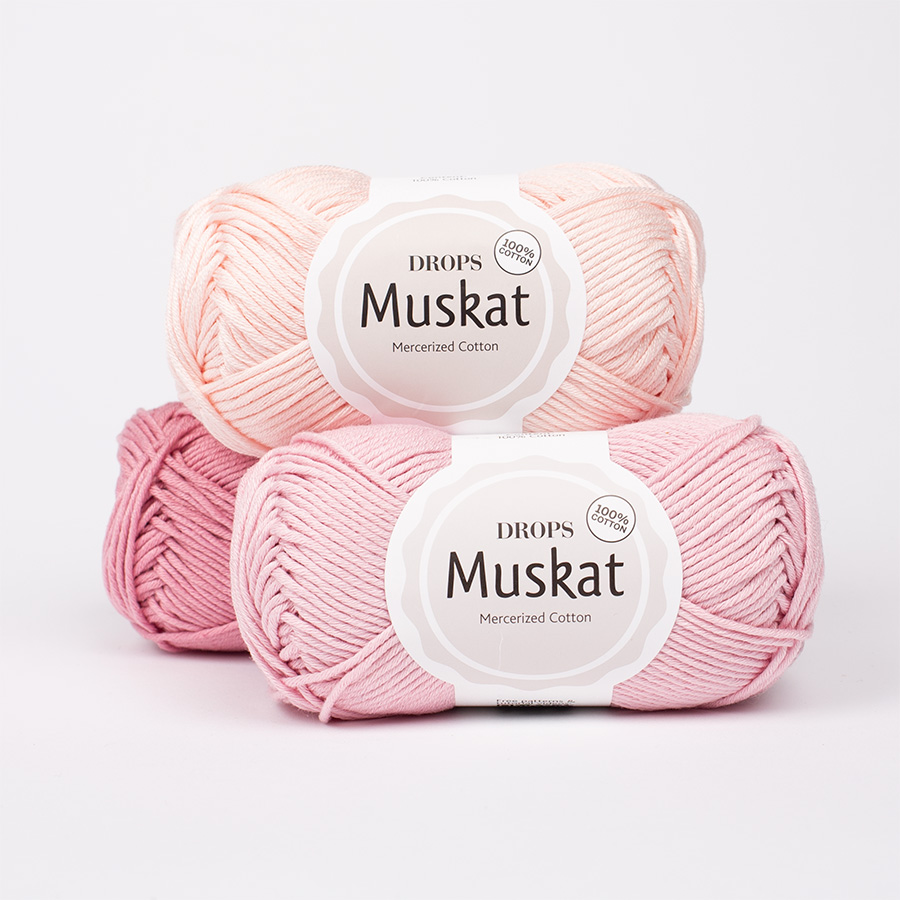
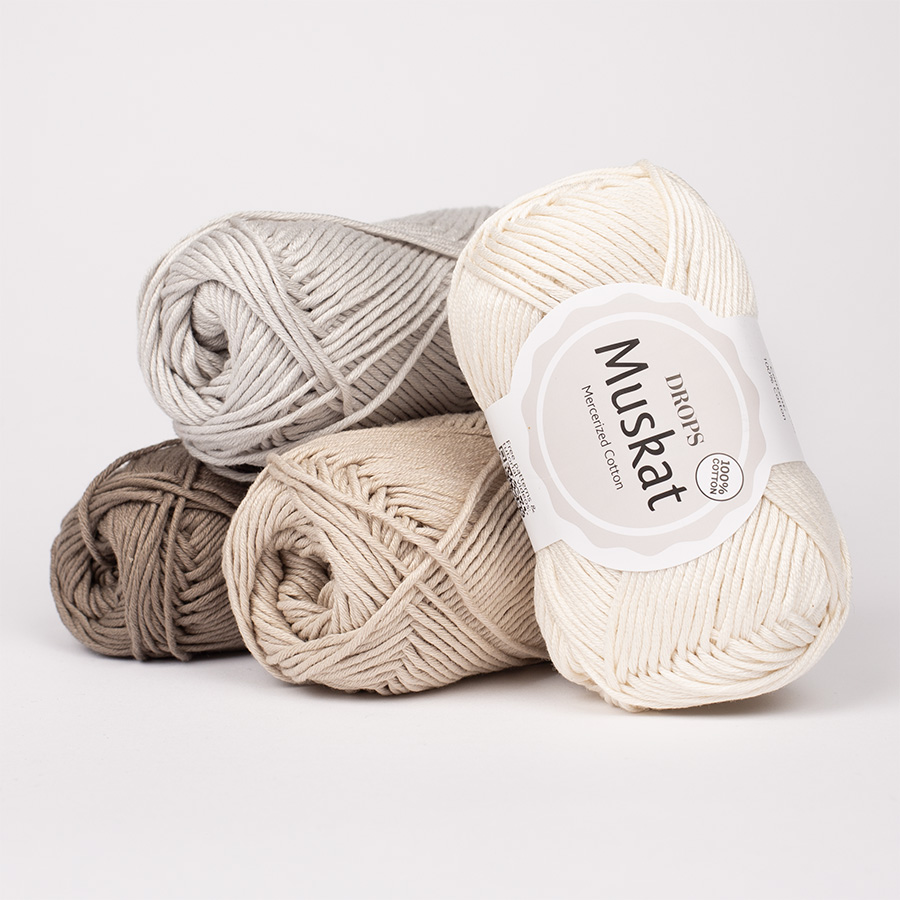
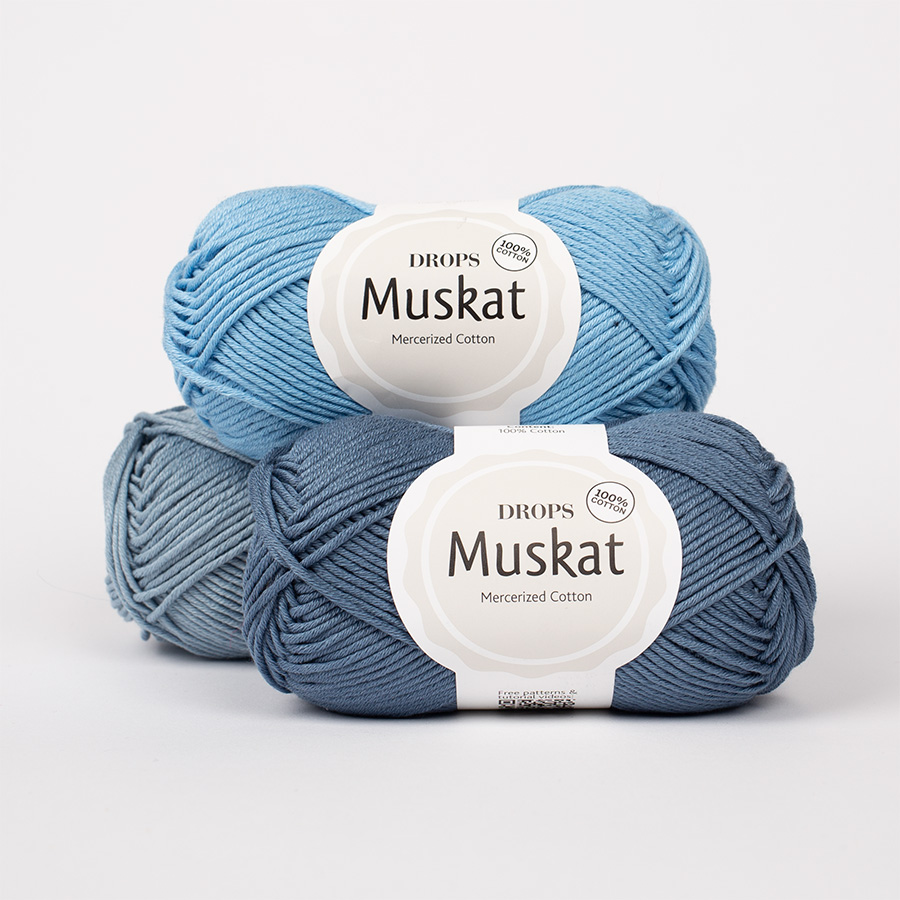
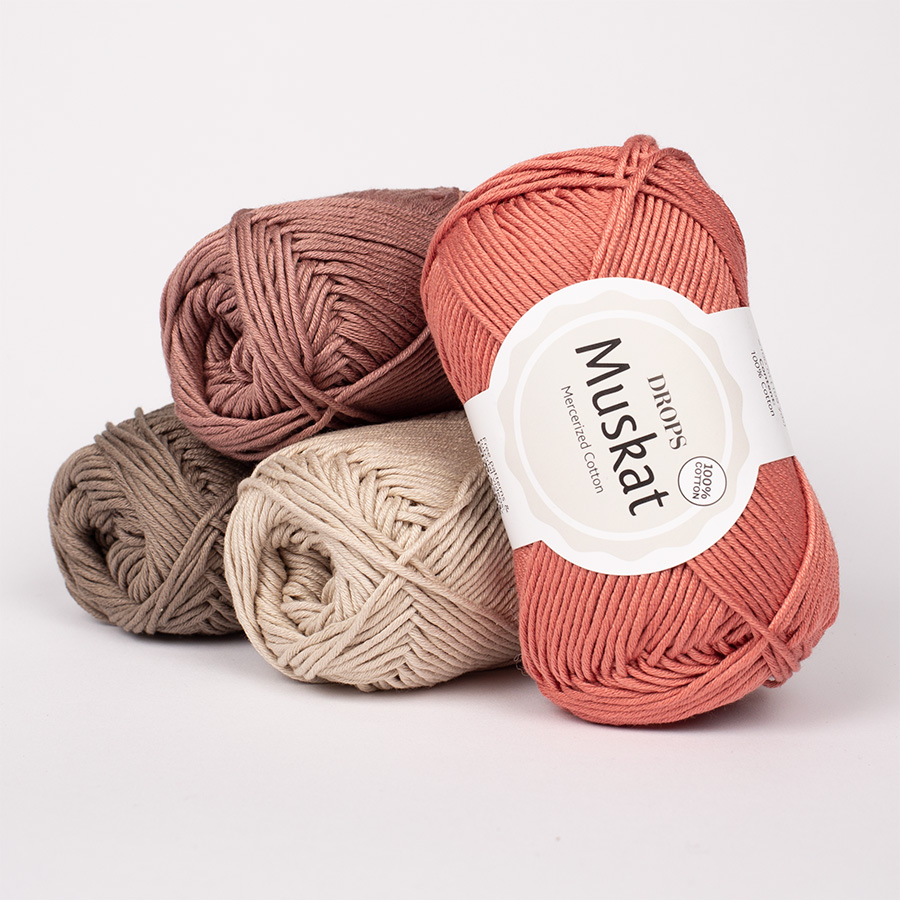
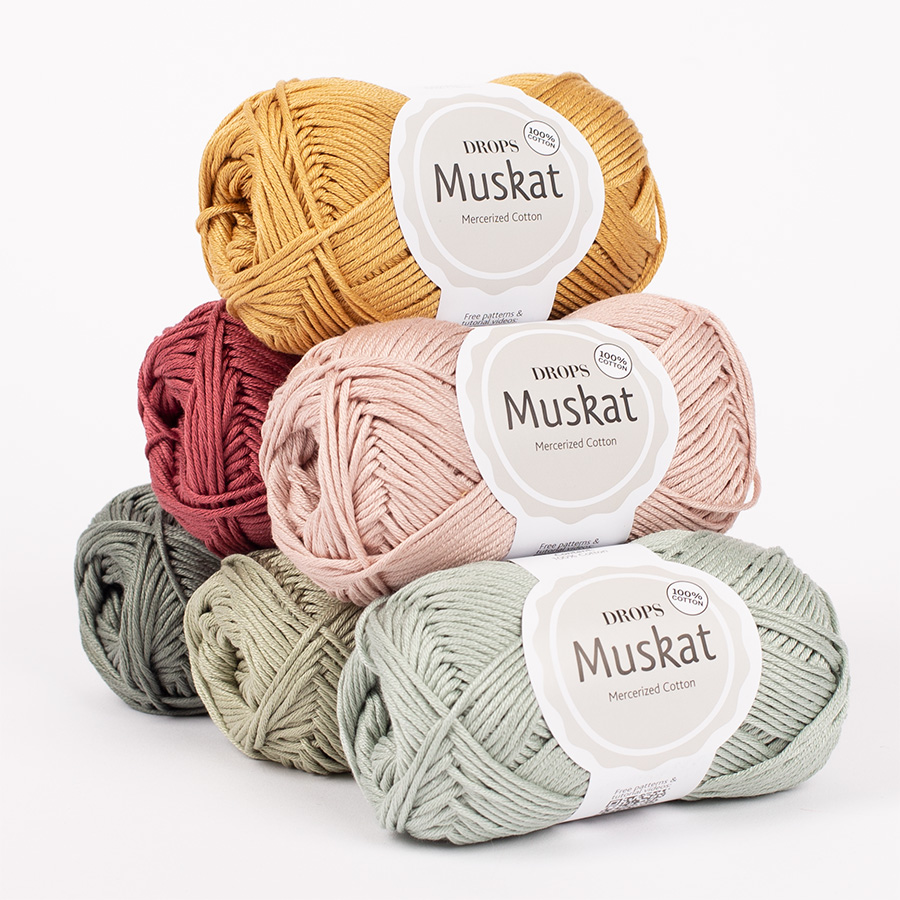
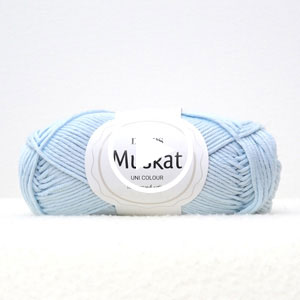






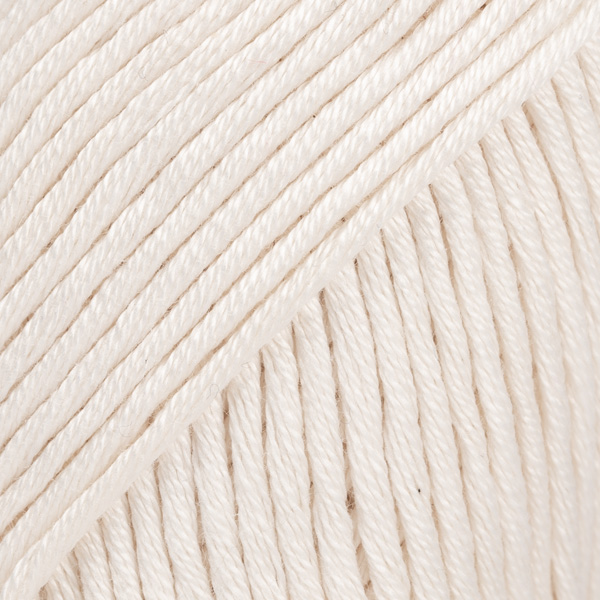

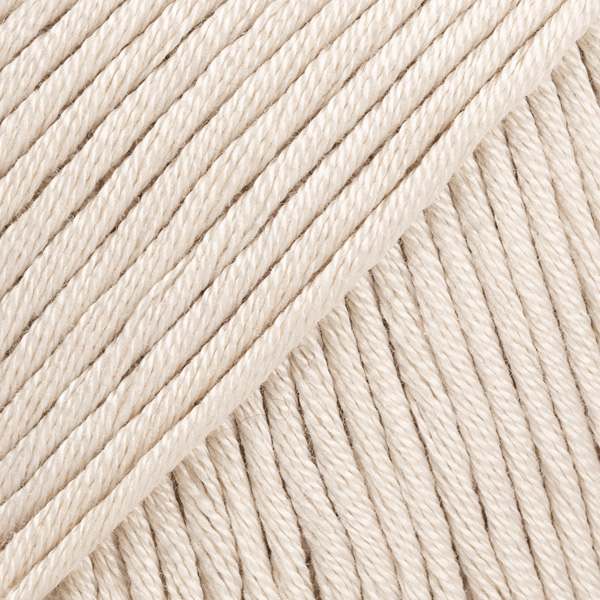

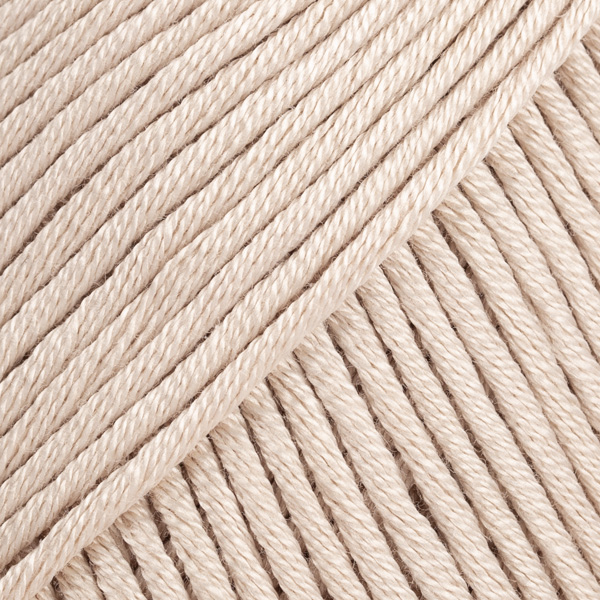
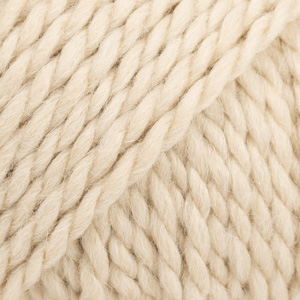











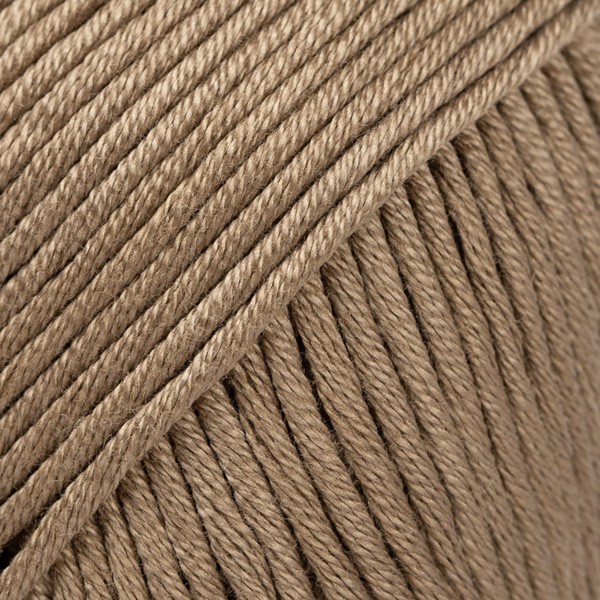


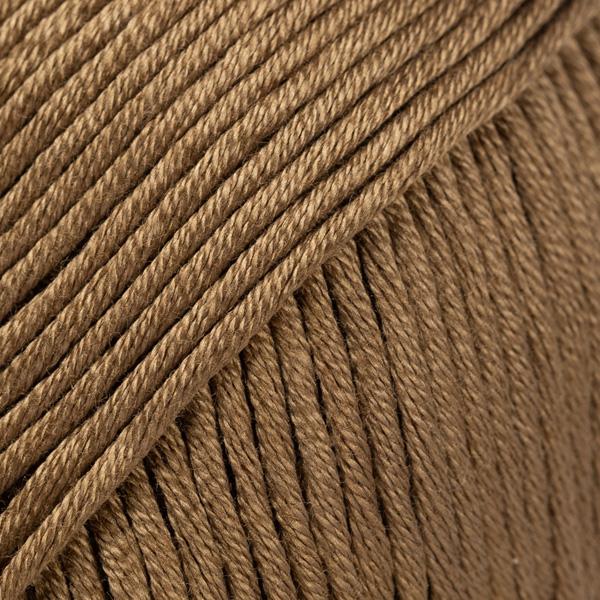

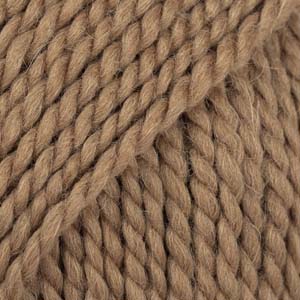




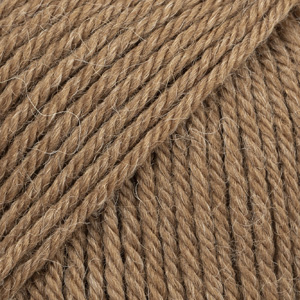












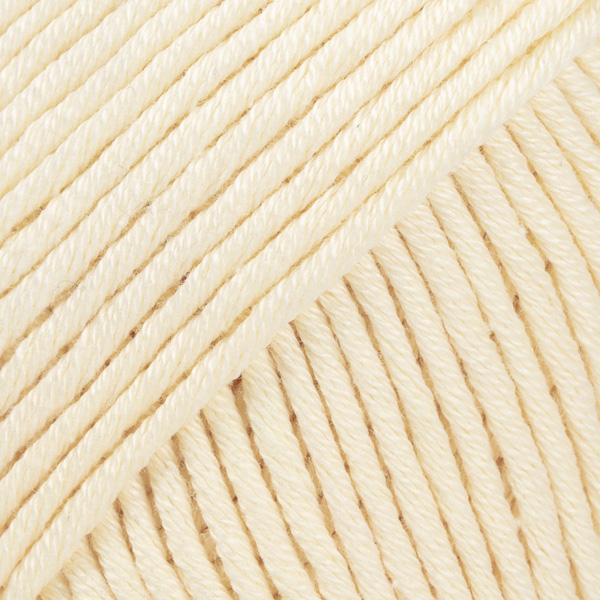








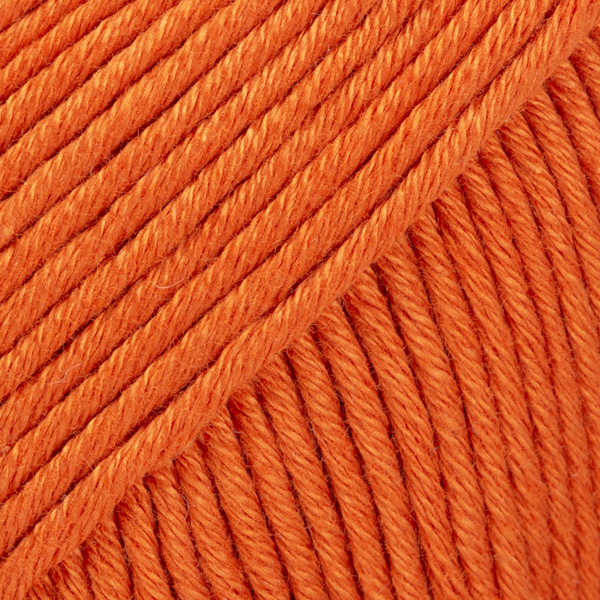










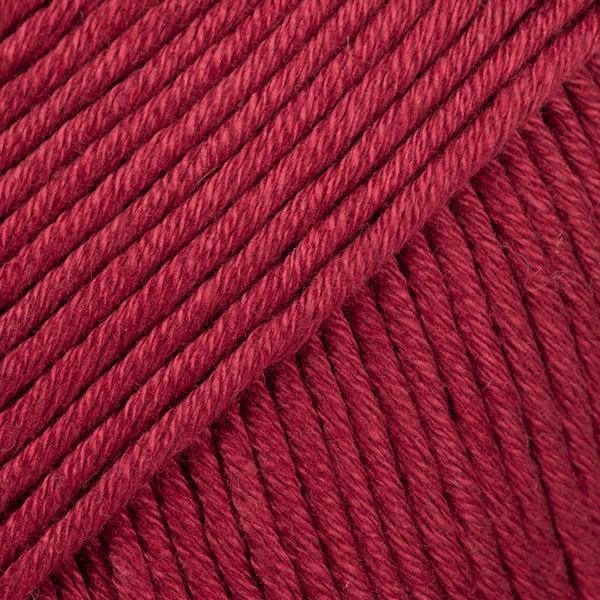




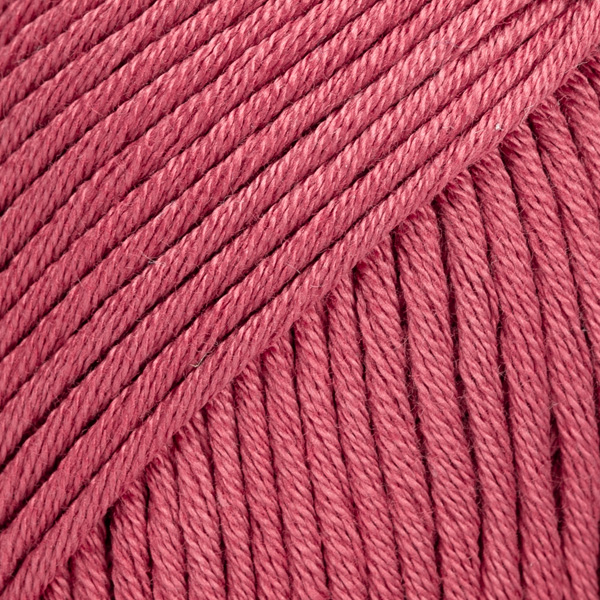

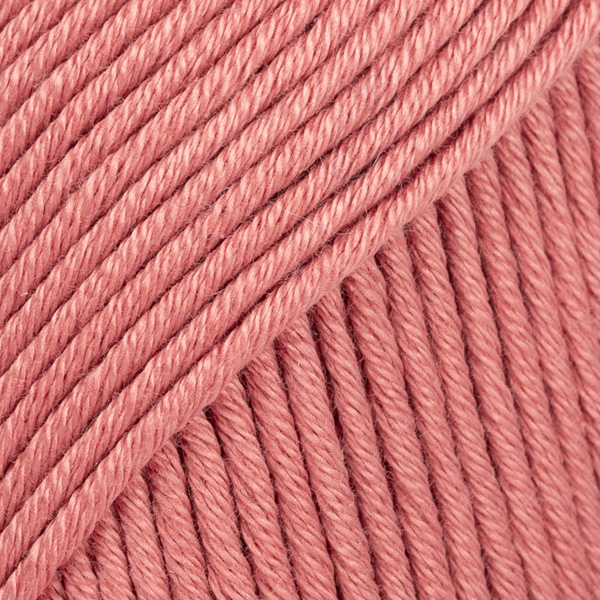

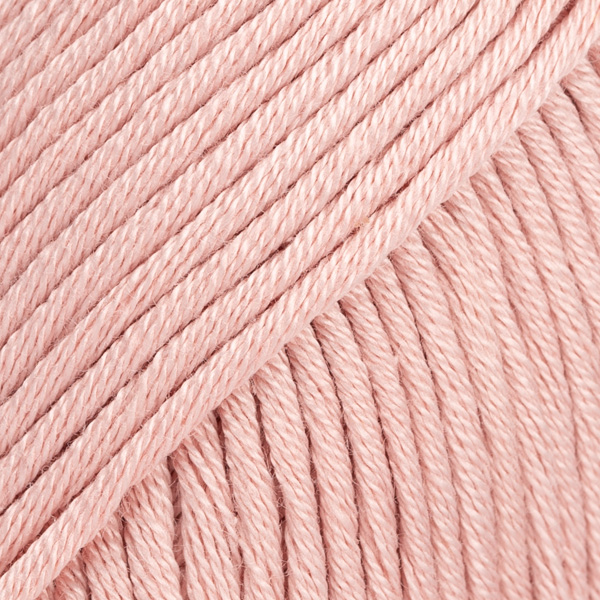

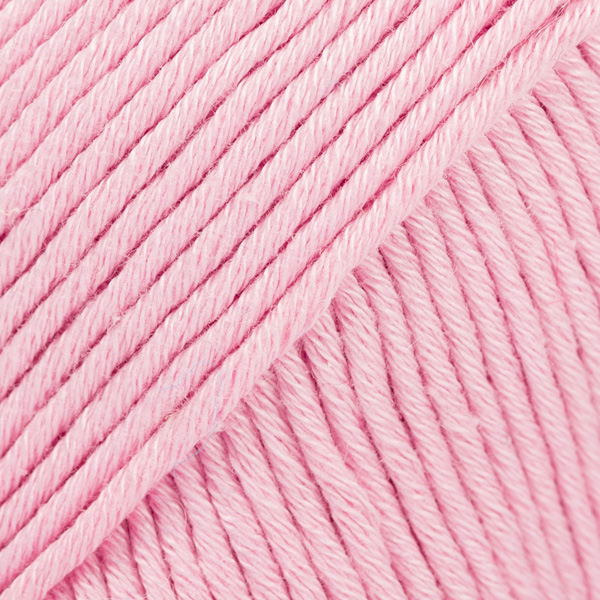





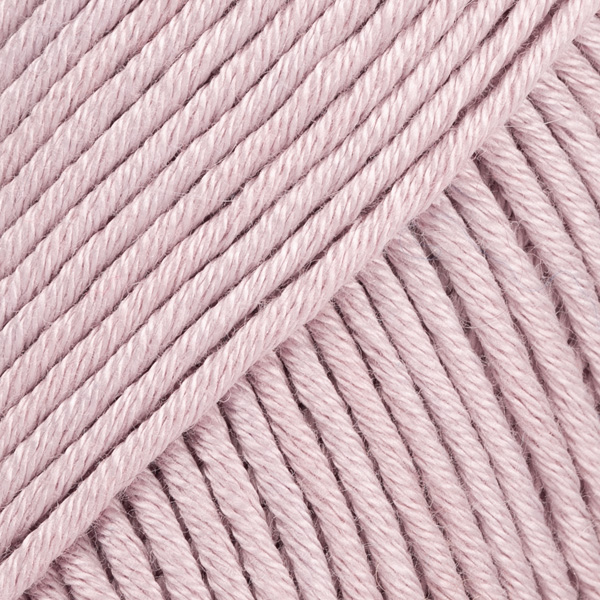


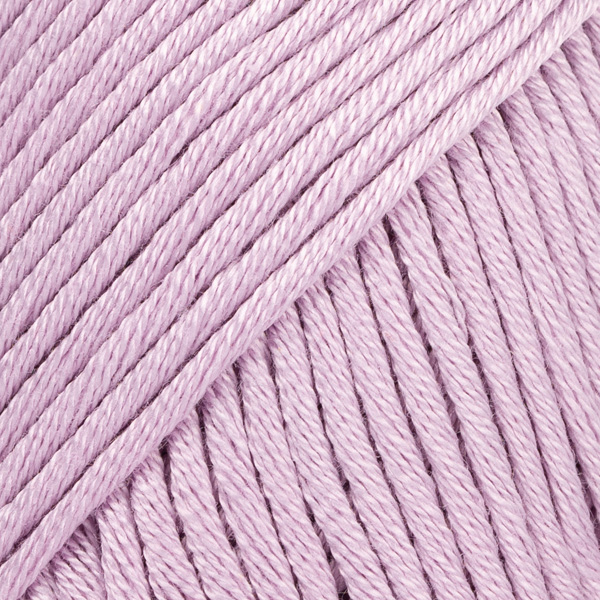





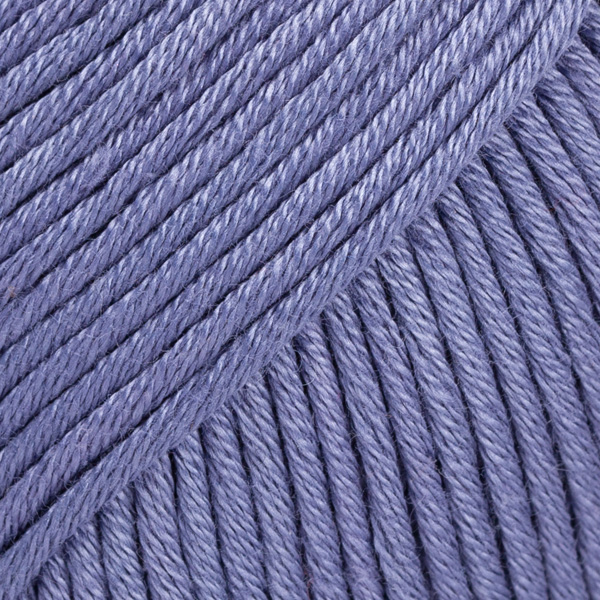















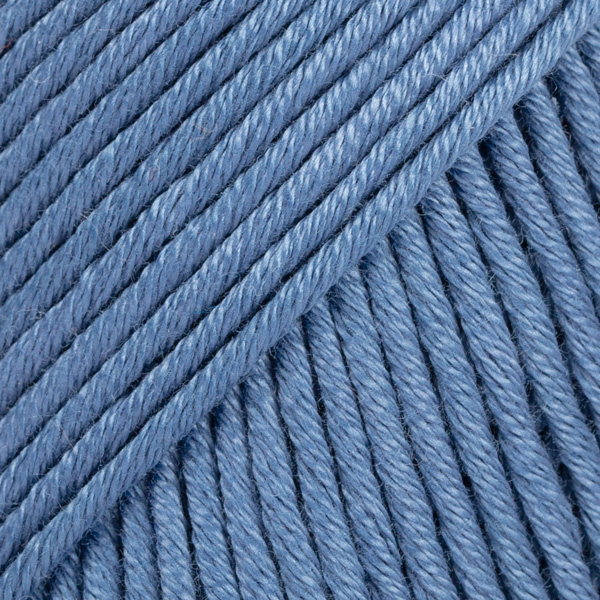

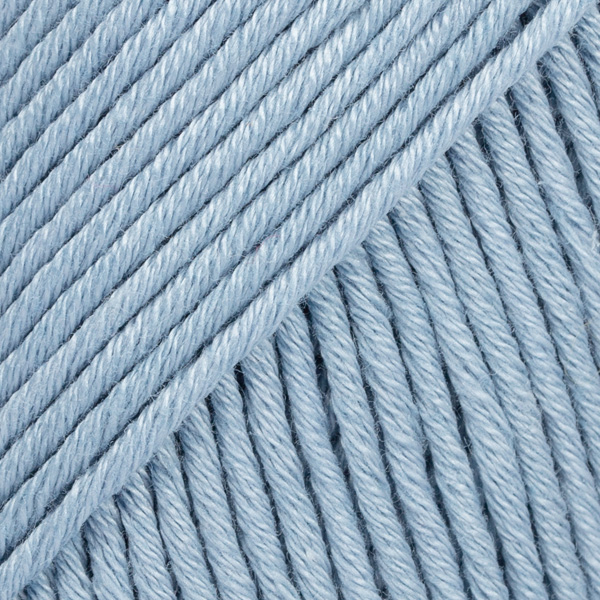

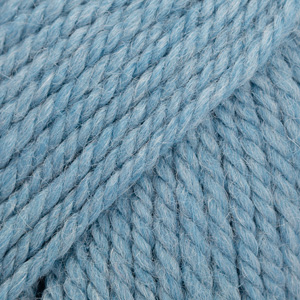


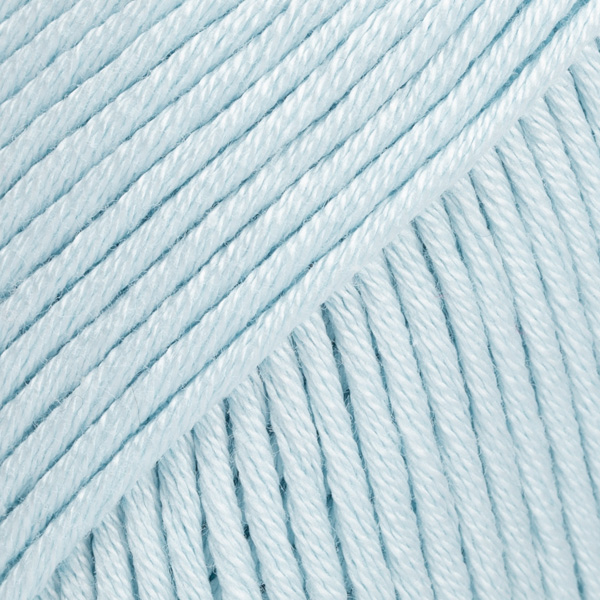

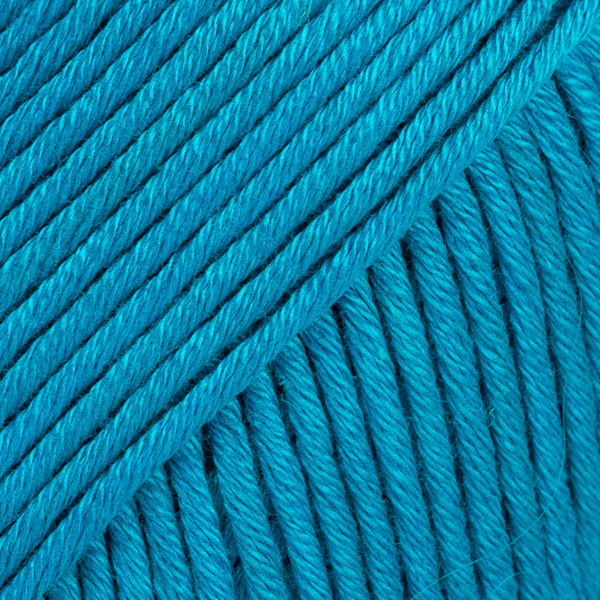










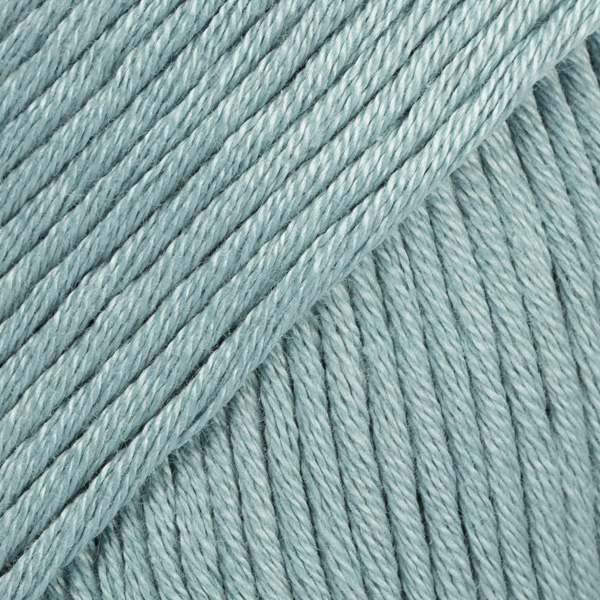

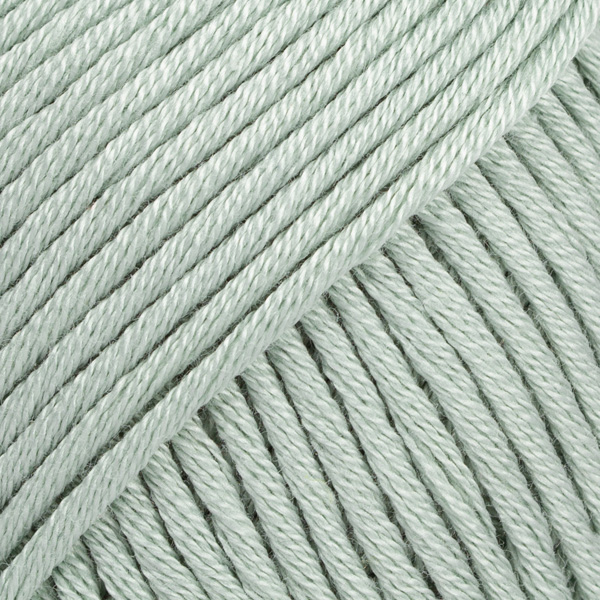



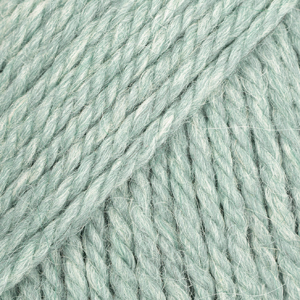


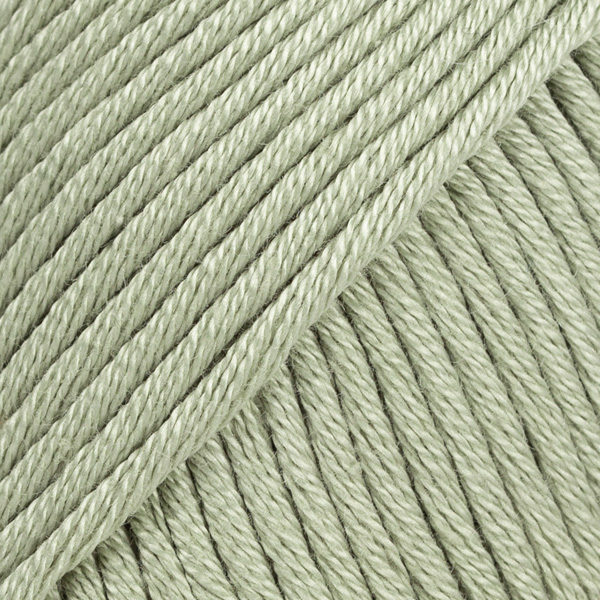

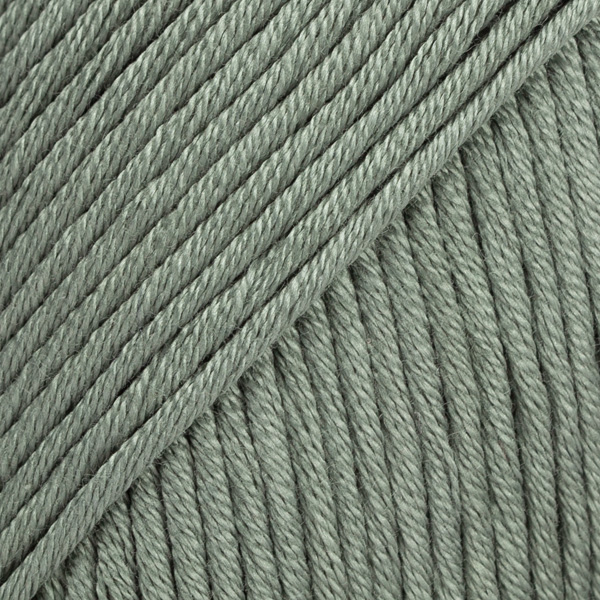























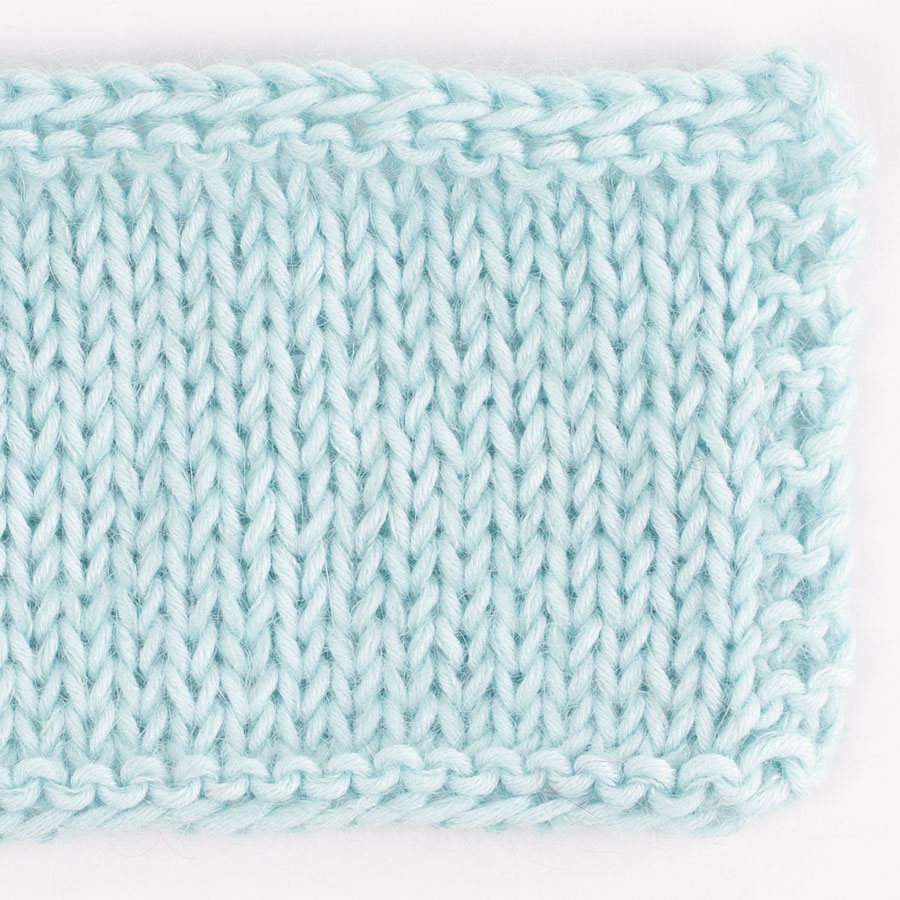
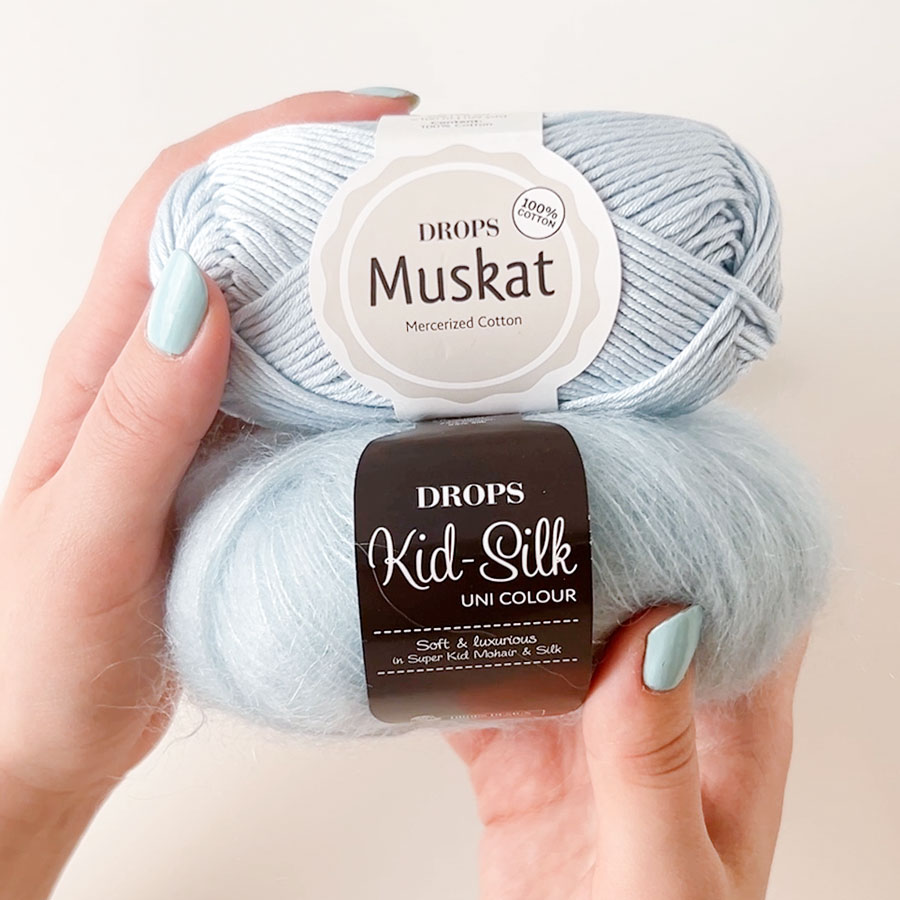

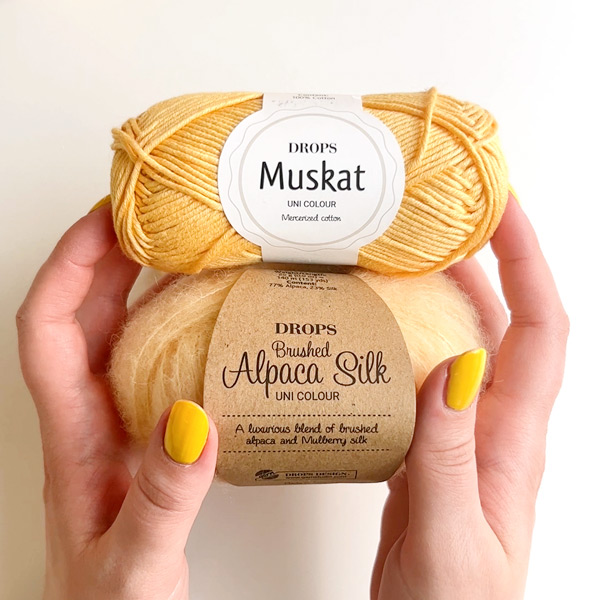
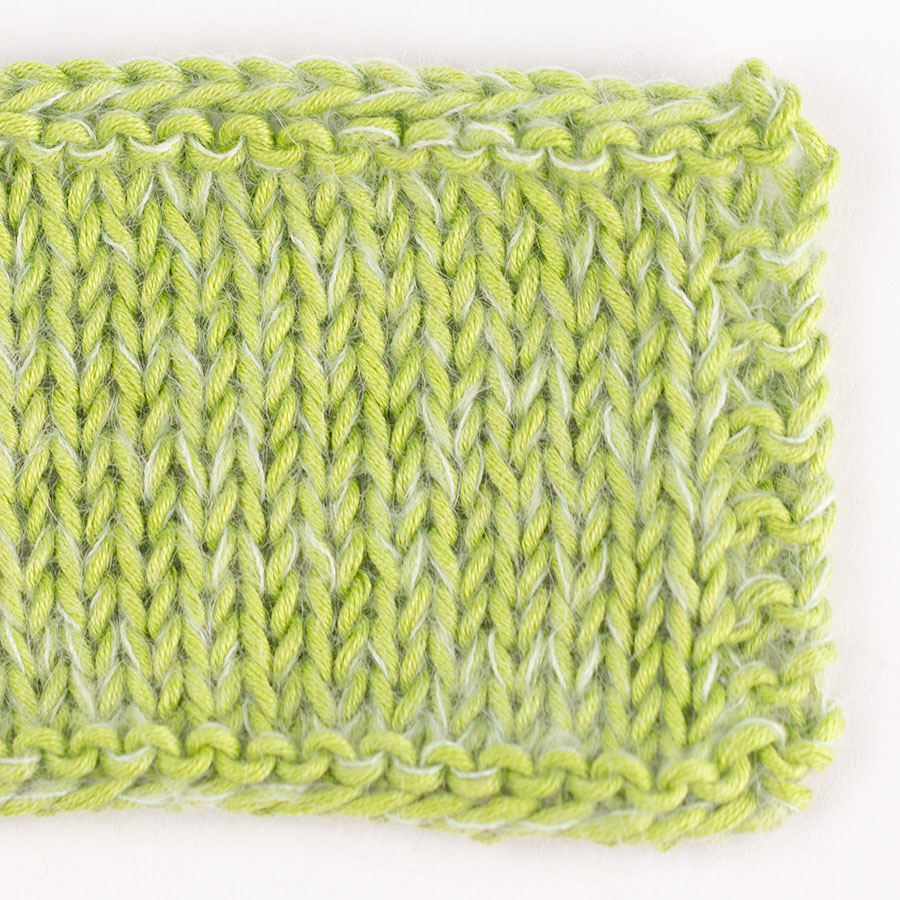
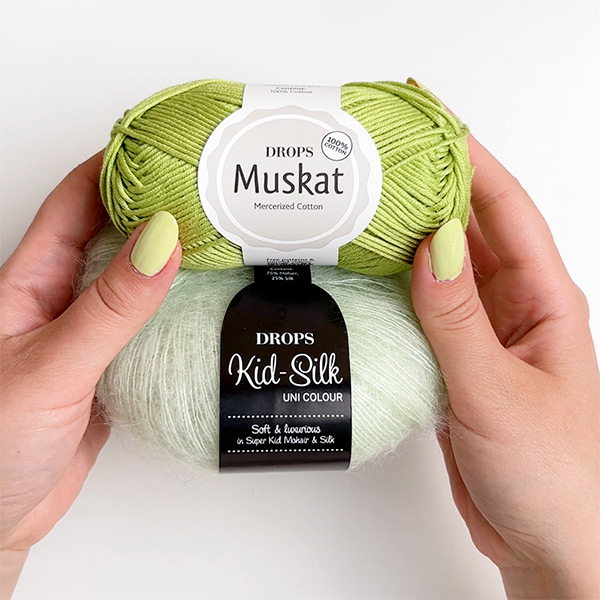
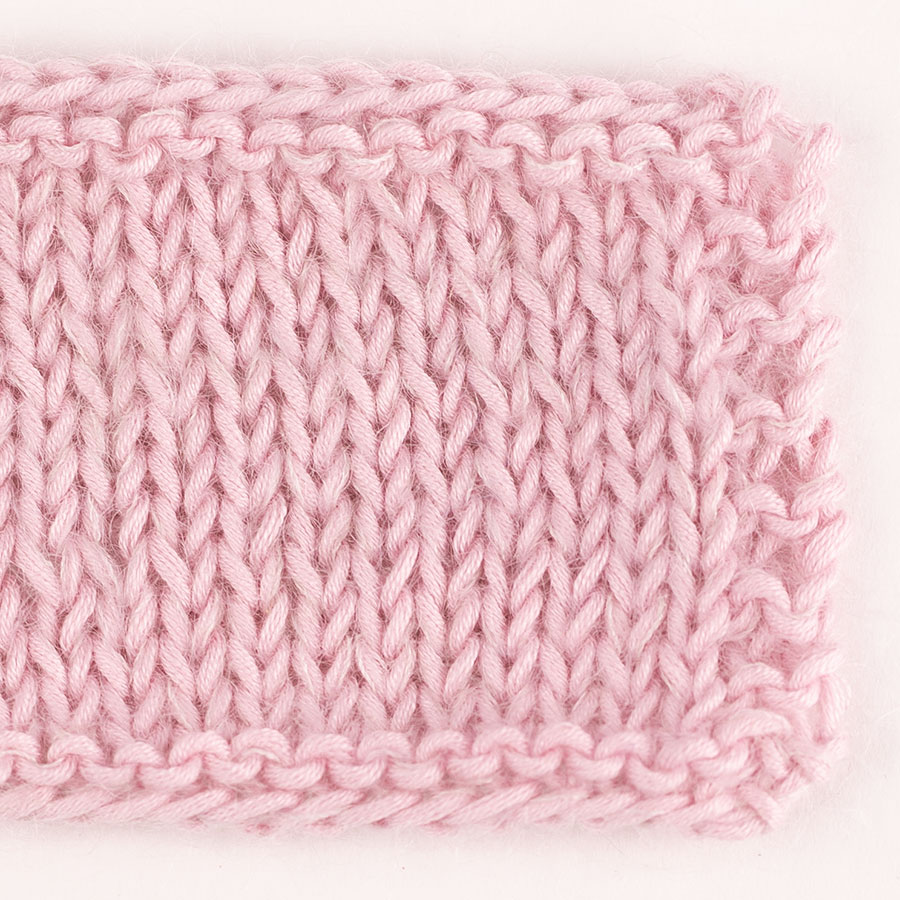
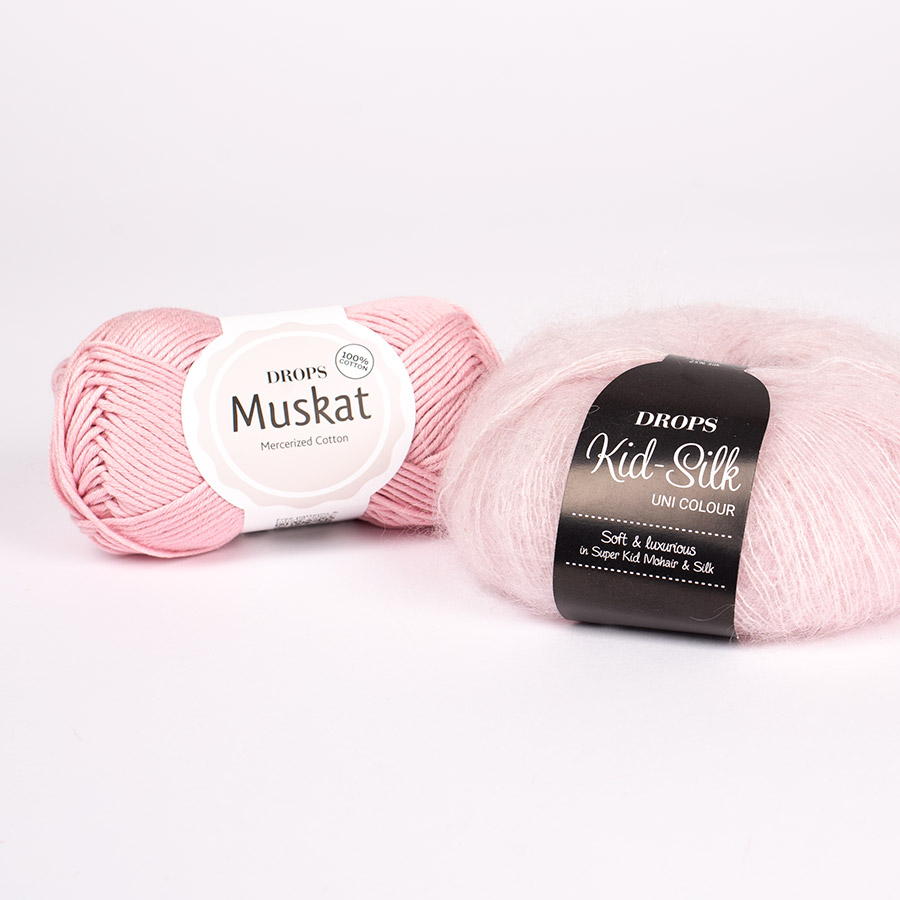
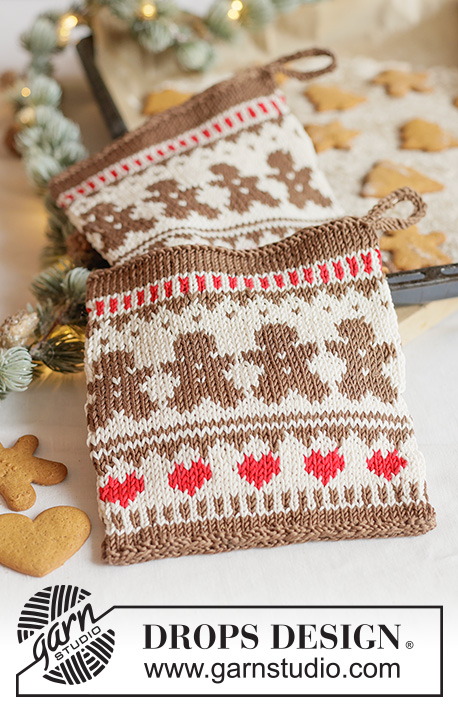







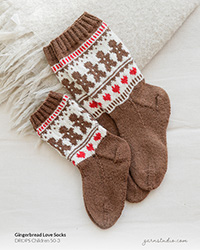
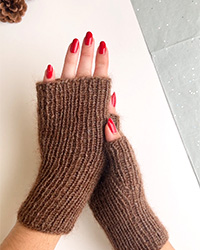
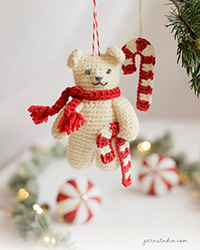
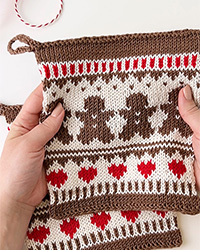
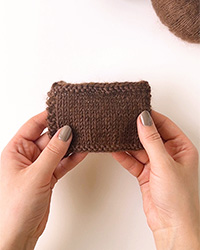

Er det noen som vil selge 3nøster isblå muskat garn; Colour:60, Dyelot:131 ?? Mangler 3nøster for å få jakken ferdig
02.06.2015 - 18:13